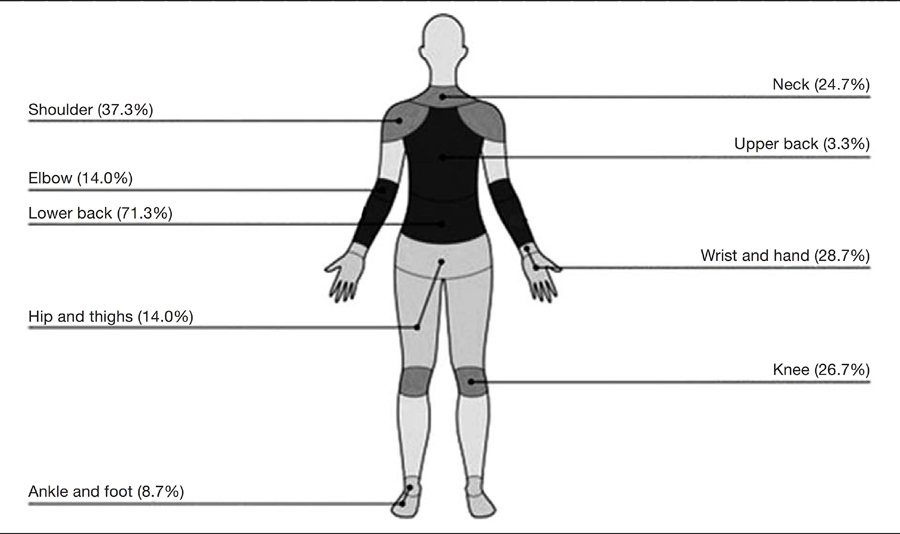Musculoskeletal Healthcare: Have we Over-egged the Pudding?
Musculoskeletal Healthcare: Have we Over-egged the Pudding?
SOURCE: International J Rheumatic Diseases 2019 (Nov); 22 (11): 1957–1960
Christopher G. Maher Mary O’Keeffe Rachelle Buchbinder I. A. Harris
Institute for Musculoskeletal Health,
Sydney, NSW, Australia
| Editorial Comment:
This paper details significant issues with the current allopathic approach to managing musculoskeletal (MSK) complaints. The authors pull no punches, and are to be commended. We have discussed some the underflying issues previously. The reality is that medical schools do not devote enough time to reviewing the MSK system. In 1998 the Journal of Bone and Joint Surgery decried this problem, and numerous articles followed over the next 11 years, when I finally lost interest in compiling them. You may want to review that review the series of 12 more articles on the subject, but I prefer the idea of offering chiropractic as a referral option for busy MDs who are swamped with patients with MSK comlaints, who often don’t respond well to pain killers or passive therapies. Think how much happier those MDs will be when their patients thank them for making the referral. |
From the FULL TEXT Article:
INTRODUCTION
There are more articles like this @ our:
Headache Page and the:
Low Back Pain Page and the:



